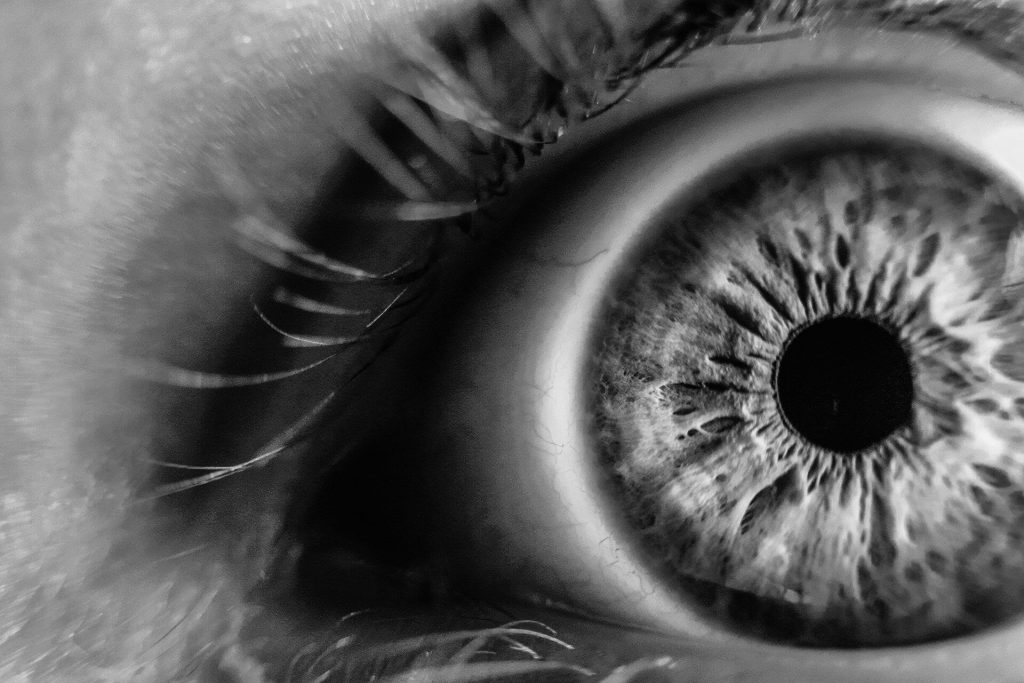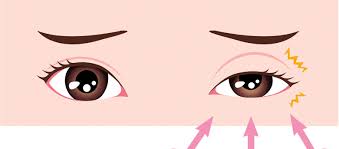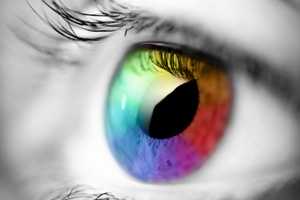What to know about vision loss
Either total or partial loss of vision is referred to as vision loss. Vision loss in one or both eyes can happen suddenly or gradually, depending on the cause. Some forms of vision loss can be reversed or are only temporary. People of all ages are frequently disabled by vision issues. Over 1 million Americans are blind, and an estimated 12 million people in the US who are 40 years of age or older have some kind of visual impairment. Partial or total vision loss can result from a variety of factors, such as aging, migraines, injuries, and medical disorders. The causes of sudden or gradual vision loss, as well as treatments and coping mechanisms, are examined in this article.
Losing the ability to see clearly is called vision loss. Central vision loss, or difficulty seeing objects in the center of vision, peripheral vision loss, or difficulty seeing objects out of the corner of the eyes, general vision loss, night blindness, difficulty seeing in low light, blurry or hazy vision, feeling as though one’s vision is out of focus or as though one is looking through a filter, and the inability to see shapes or only shadows are some of the various types of vision loss that can be brought on by various diseases or conditions.
Causes of sudden vision loss occur for a few seconds or minutes to a few days and can be caused by a variety of conditions.
Migraine: A common visual symptom of migraine is migraine aura, which is experienced by many migraineurs. Visual aura symptoms are present in about 25 to 30 percent of migraineurs. Some people experience spots, sparkles, or zigzag lines as a result. Others experience tunnel vision, total blindness, or loss of vision on either side. Headache is frequently, but not always, associated with these visual disturbances. They usually persist for 10 to 30 minutes and last less than an hour. After a few seconds, some disappear.
Keratitis: People who wear contact lenses may be more susceptible to keratitis, or inflammation of the cornea, than those who do not. Keratitis may result from an eye injury or infection. Blurred vision, pain, light sensitivity, or vision loss are some of the symptoms. This state is transient. A doctor will prescribe medicine to treat it.
Conjunctivitis: Conjunctivitis, commonly referred to as pinkeye, can result in blindness. An infection or inflammation of the conjunctiva is known as conjunctivitis. Additionally, it may result in pain, redness, blurriness, or vision problems. Temporary in nature, conjunctivitis typically goes away on its own. Antibiotic eye drops may be helpful for bacterial conjunctivitis.
Eye strain: An individual may experience vision loss and start to perceive objects as blurry if they stare at a screen for an extended time. This is typically a transient issue that can be fixed by letting the eyes rest and removing oneself from the screen for a while. By following the 20-20-20 rule, eye strain can be avoided. This implies that someone looks away from the screen for 20 seconds every 20 minutes to look at something 20 feet away.
Corneal abrasion: Sudden vision loss can also result from eye injuries. The severity of the injury will determine whether it is temporary or permanent, and the appropriate course of treatment will be determined. To determine the extent of the eye injury, people might wish to consult an eye specialist.
Causes of gradual vision loss
Loss of vision is not always abrupt. It can occasionally occur over an extended length of time. The eye condition known as age-related macular degeneration (AMD) can affect a person’s peripheral vision. One of the main causes of vision loss in adults over 50 is AMD. This can happen very slowly or very quickly. Near the center of their vision, many people start to notice a fuzzy patch that could get bigger over time.
Glaucoma: A class of illnesses known as glaucoma harms the optic nerve, which is found in the rear of the eye. Glaucoma symptoms can develop so gradually that a person may not be aware of their condition until they undergo an eye exam. Either one or both eyes may experience it. If left untreated, glaucoma can lead to blindness, starting with peripheral vision. For glaucoma, doctors employ a few different approaches, such as surgery, laser treatment, and medications (usually eye drops). Damage cannot be undone by treatment.
Diabetic retinopathy: People with diabetes can develop diabetic retinopathy, a condition that results in blindness and vision loss. It impacts the blood vessels in the retina, which is the tissue layer at the back of the eye that is sensitive to light. Diabetic retinopathy can develop in anyone with diabetes, so diabetics need to have regular eye exams to detect it early. Symptoms are not always apparent in the early stages. Medication, laser therapy, or surgery may be used as forms of treatment.
Diagnosis: When someone suddenly loses their vision, it should be handled as a medical emergency, and they should get help right away. A doctor may perform an eye exam to diagnose vision loss. To assess a person’s vision, they might shine a light in their eyes or ask them to read the letters on a chart. In order to examine your retina and optic nerves, they might also dilate your eyes. A neurological examination to assess brain and eye function may also be part of the diagnosis.
Prevention: Although there are steps people can take to take care of their eye health, it is not always possible to prevent vision loss. putting the eyes to rest. Every 20 minutes, take a 20-second break from staring at a screen to focus on something 20 feet away. wearing eye protection. When engaging in specific activities, such as playing sports, building projects, or doing home repairs, wear safety goggles or glasses. putting on sunglasses. Select sunglasses that offer 99 to 100 percent protection against UVA and UVB rays. Keep up a healthy lifestyle: Diabetes (diabetic retinopathy) and hypertension (retinal vein occlusion) are two major causes of vision loss. The risk of these issues can be decreased by maintaining a healthy weight, diet, and lifestyle. Additionally, maintaining a healthy diet, stopping smoking, getting regular eye exams, and being aware of your risk for eye diseases can all help protect your eyes.
There are numerous causes of vision loss. Conjunctivitis and migraines are examples of transient causes. Permanent vision loss can result from medical conditions like AMD and diabetic retinopathy. Eye disease frequently has no symptoms or warning indicators. The best methods to maintain eye health are early detection and treatment of eye issues, and it’s critical to get medical help if vision loss develops.





